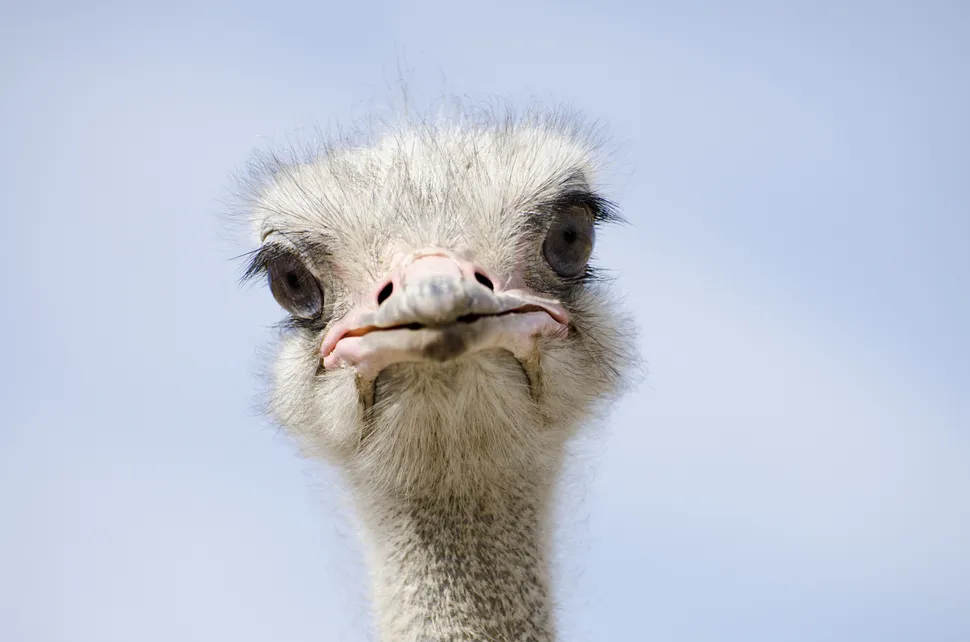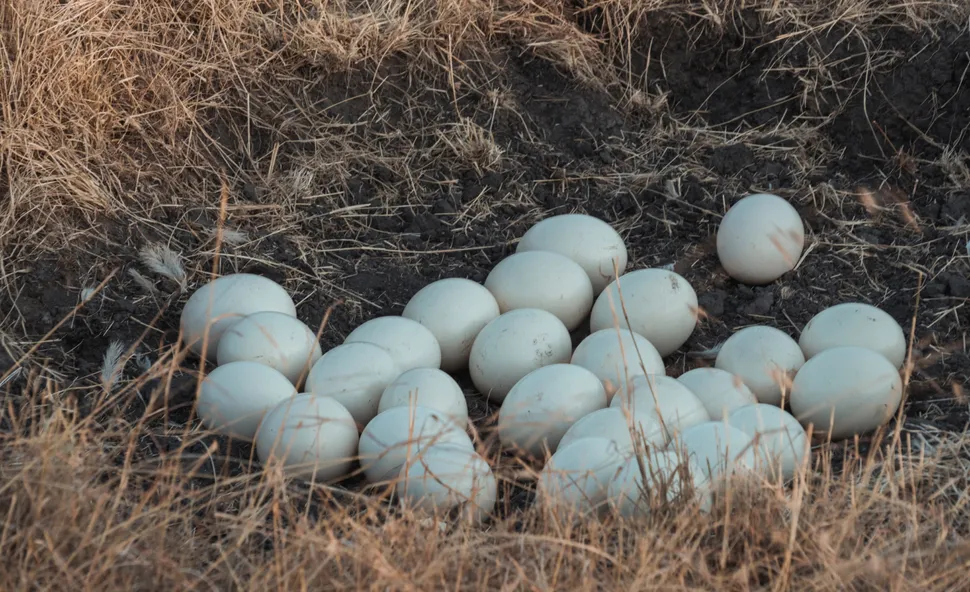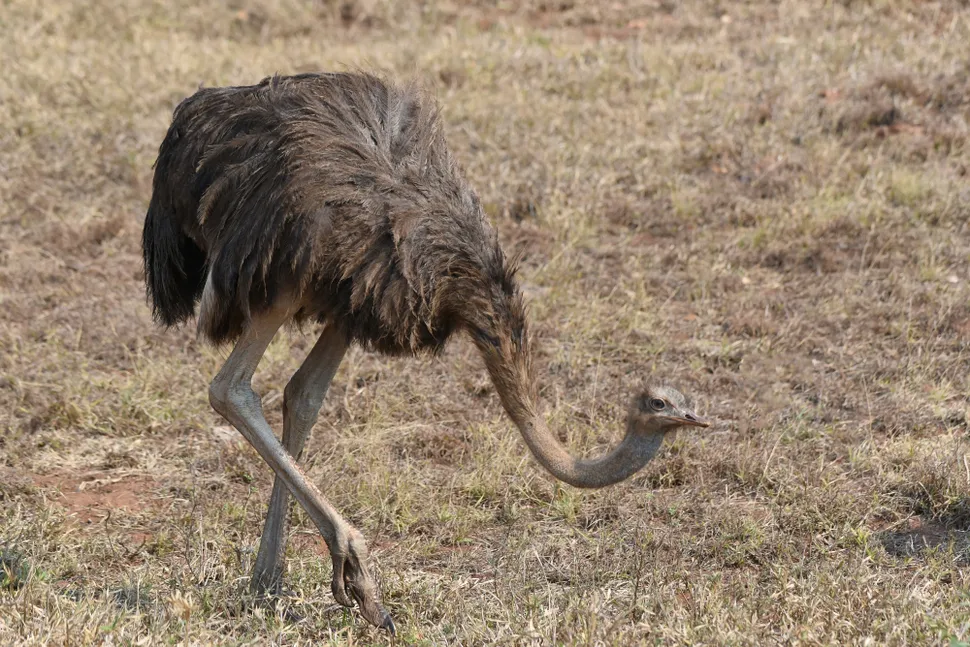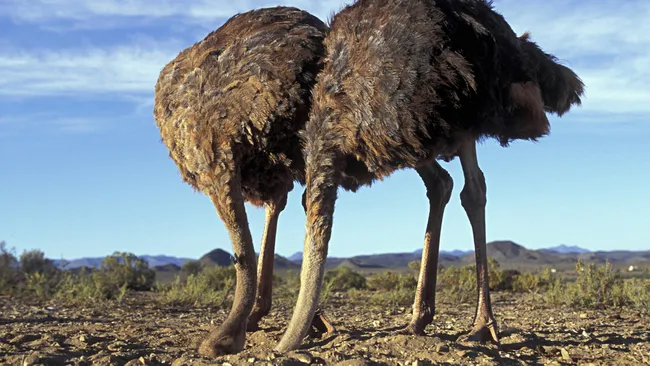The idea ostriches bury their heads when they feel threatened is thought have come from Roman naturalist Pliny the Elder around 2,000 years ago. But is it true?
For centuries, people have believed that ostriches (Struthio species) bury their heads in the sand to avoid danger. This image has inspired the saying “bury your head in the sand,” often used to describe someone ignoring their problems.

This myth may trace back to the Roman naturalist Pliny the Elder (Gaius Plinius Secundus), who is known for his extensive encyclopedia, The Natural History. In Book 10, he describes an ostrich supposedly hiding by putting its head in the bushes to appear invisible. “They have the marvellous property of being able to digest every substance without distinction, but their stupidity is no less remarkable; for although the rest of their body is so large, they imagine, when they have thrust their head and neck into a bush, that the whole of the body is concealed,” he wrote, as one translation suggests.

So, do ostriches actually bury their heads? In reality, they do not. Native to Africa, these birds inhabit grasslands, savannas, and deserts. They are the world’s largest birds, standing up to 9 feet (2.7 meters) tall and weighing as much as 287 pounds (130 kilograms), according to the San Diego Zoo. Despite their large size, their small heads and certain behaviors might create the illusion of head-burying.
Unlike typical nest-builders, ostriches dig shallow holes in the sand to lay their eggs. Both parents take turns rotating the eggs multiple times daily to keep them warm. This activity, when seen from a distance, can give the impression of “burying” their heads.

As the fastest-running birds, capable of speeds up to 43 mph (70 km/h), according to Smithsonian’s National Zoo, ostriches depend on their agility to escape predators like cheetahs, lions, and leopards. When flight isn’t an option, they may lie flat on the ground with extended necks to blend into the surroundings. Some reports also suggest that adult ostriches kick up dust to distract predators from their chicks and can deliver powerful kicks capable of killing a lion.
Ultimately, ostriches use their speed, alertness, and powerful legs to stay safe—no head-burying required.
